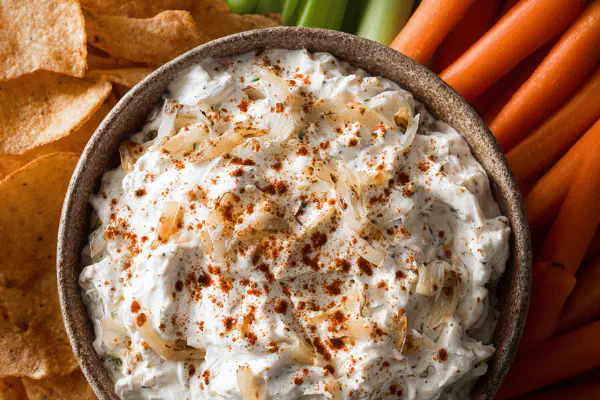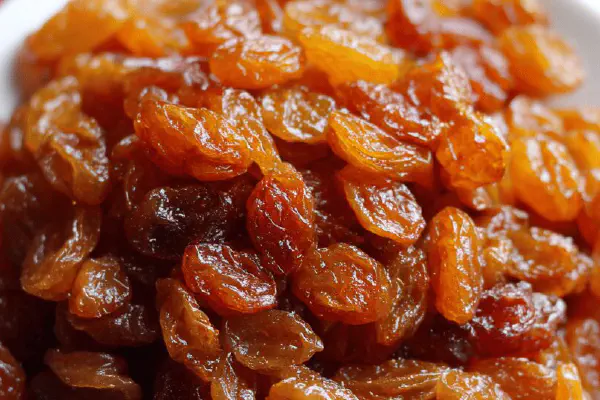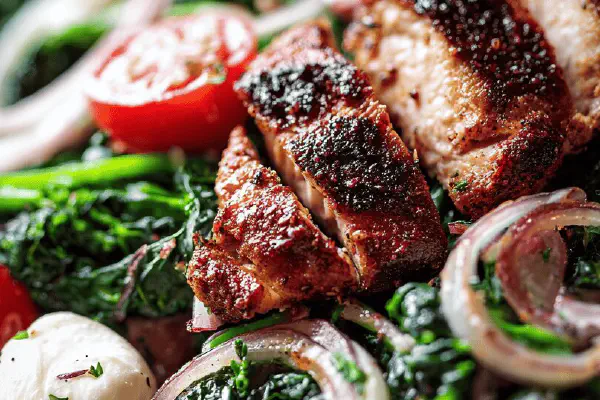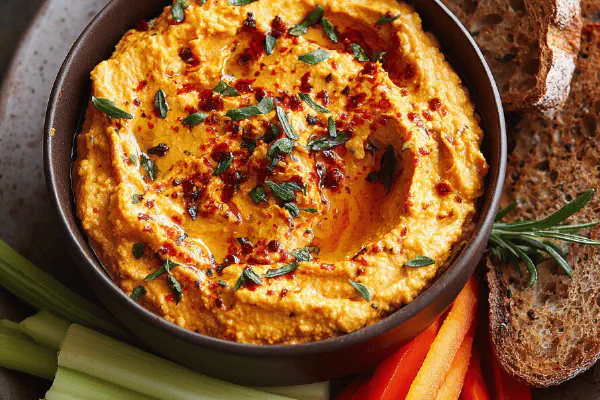Twisted Yogurt Tartare
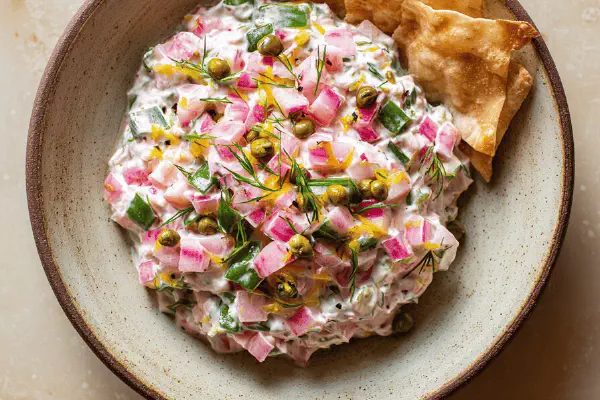
By Emma
Certified Culinary Professional
Ingredients
- 300 ml (1 1/4 cup) plain Greek yogurt 3% fat – thicker, tang punchier
- 1 medium shallot, minced ultra-fine
- 4 small quick-pickled radishes, diced finely – swaps the sweet cornichons for sharp crunch
- 20 ml (1 1/3 tablespoons) juice from the pickle jar – not too much or it turns vinegar sour
- 3 ml (3/4 teaspoon) chopped capers – chopped smaller, you want them scattered, not overpowering
- Zest of half a lemon – fresh zing and aroma boost
- Salt to taste a pinch or two, but careful with the caps and pickled juice
- Freshly cracked black pepper liberally, no skimping
About the ingredients
Method
- Chop shallot first, keep it fine. The aroma sharpens as you go, pungent and promising.
- Dice radishes next, aim for similar size to the shallot. Texture contrast is key — you want the crunch without big chunks disrupting smoothness.
- In a bowl, combine yogurt and lemon zest thoroughly; smell the citrus oils; this starts the bright foundation.
- Add shallot and radishes. Stir gently but thoroughly — don’t overmix or the radishes lose their snap.
- Sprinkle chopped capers; taste as you go. Their saltiness can sneak up, so go easy here.
- Drizzle in the pickle juice; better to add less initially, then adjust. Keep tasting, watch acidity.
- Season with salt in small increments—difficult to fix if you overshoot.
- Crack fresh black pepper over the top; aroma should hit immediately. Stir lightly once more.
- Refrigerate at least 10 minutes, ideally 15–20 if time allows. The flavors marry and soften edges; the shallot mellows, the tang settles in.
- Serve chilled. Use as a dip, spread on toast, or dollop on grilled veggies. Watch texture: should be creamy but still speckled with visible bits — no puree.
Cooking tips
Chef's notes
- 💡 Chop shallots ultra fine. Aroma sharp, pungent. Sets base tone. Too coarse can overwhelm creamy texture. Keep uniform for bite consistency. Use sharp knife or small food processor pulse. Slow chopping releases aroma. Avoid smashing or bruising which turns bitter.
- 💡 Pickle radishes quick but fully drained. Vinegar and sugar balance crunch, brightness. Dice similar size to shallots to keep texture contrast. Too big chunks disrupt smooth mouthfeel. Radishes swap cornichons here — milder and fresh peppery note. Watch acidity so tart doesn’t turn sour.
- 💡 Add lemon zest early to yogurt. Citrus oils disperse fully, brighten base evenly. Zest alone doesn’t overwhelm acidity or salt. The zest aroma wicks through as mixing continues. Hold back some to taste-test additions. Zest varies with freshness and lemon type.
- 💡 Stir gently at every fold. Radishes, capers must stay distinct. No mush. Over stirring kills snap, leaves paste. You want bites alive in creamy spread. Break up capers slightly but no puree. Keeps salt bursts scattered. Chalky or too thick Greek yogurt can dull balance.
- 💡 Salt in small increments. Pickle juice salt varies. Salt overshoot ruins balance, hard to fix. Taste five times minimum. Use finishing salt if available. Balance acidity with salt cautiously. Black pepper cracked fresh adds aroma and wakes flavors better than ground. Add end.
- 💡 Chill step critical. Flavors marry, shallot mellows, tang settles. Texture shifts from raw sharp to layered brightness. Too long risks curdle or separate. Whisk gently if needed. Chill minimum 10 mins, 15-20 preferred. Timing flexible. Use sensory cues—aroma blooms, texture smooths but speckled.
Common questions
Can I replace Greek yogurt?
Regular yogurt too thin, adds water. Better full-fat plain or strained. Use labneh or crème fraîche if available. Texture changes but tang stays fresh. Whole milk yogurt less thick, might need draining.
What if no quick-pickled radishes?
Use quick-pickled cucumber or even finely diced cornichons. Fresh radishes work but less tang. Pickle quickly in vinegar and sugar to add acidity and texture. Avoid watery or overly soft substitutes.
Radishes too sour or too soft?
Rinse briefly to tone acidity, drain well. Check pickling time carefully. Radishes must stay crunchy. Too long in acid breaks down cell walls. If too soft, add fresh diced radish just before serving.
How long can I store leftovers?
Up to 2 days in fridge tightly sealed. Flavors meld but texture softens. Stir before serving. If separated, whisk gently. Avoid freezing. Best fresh but fridge storage still good for next day use.
